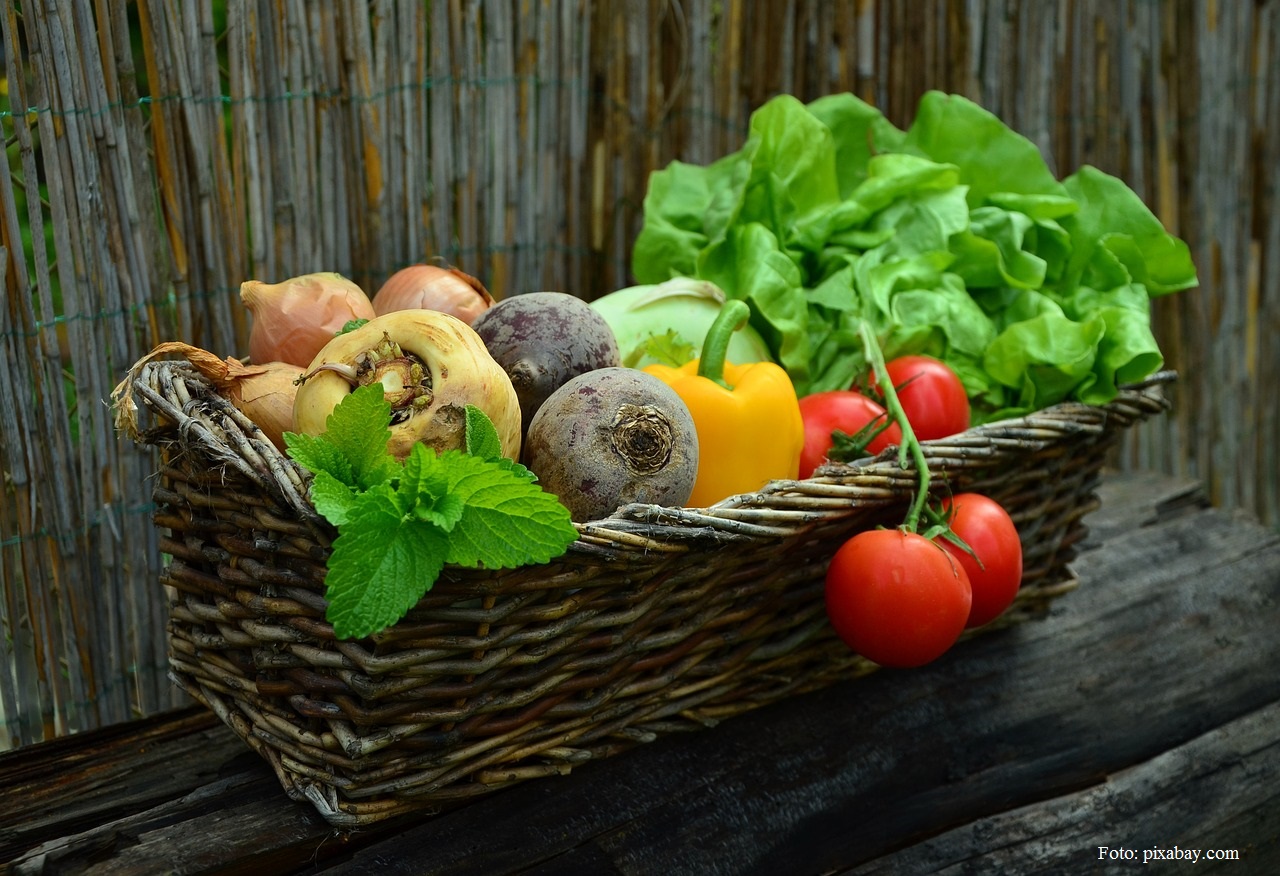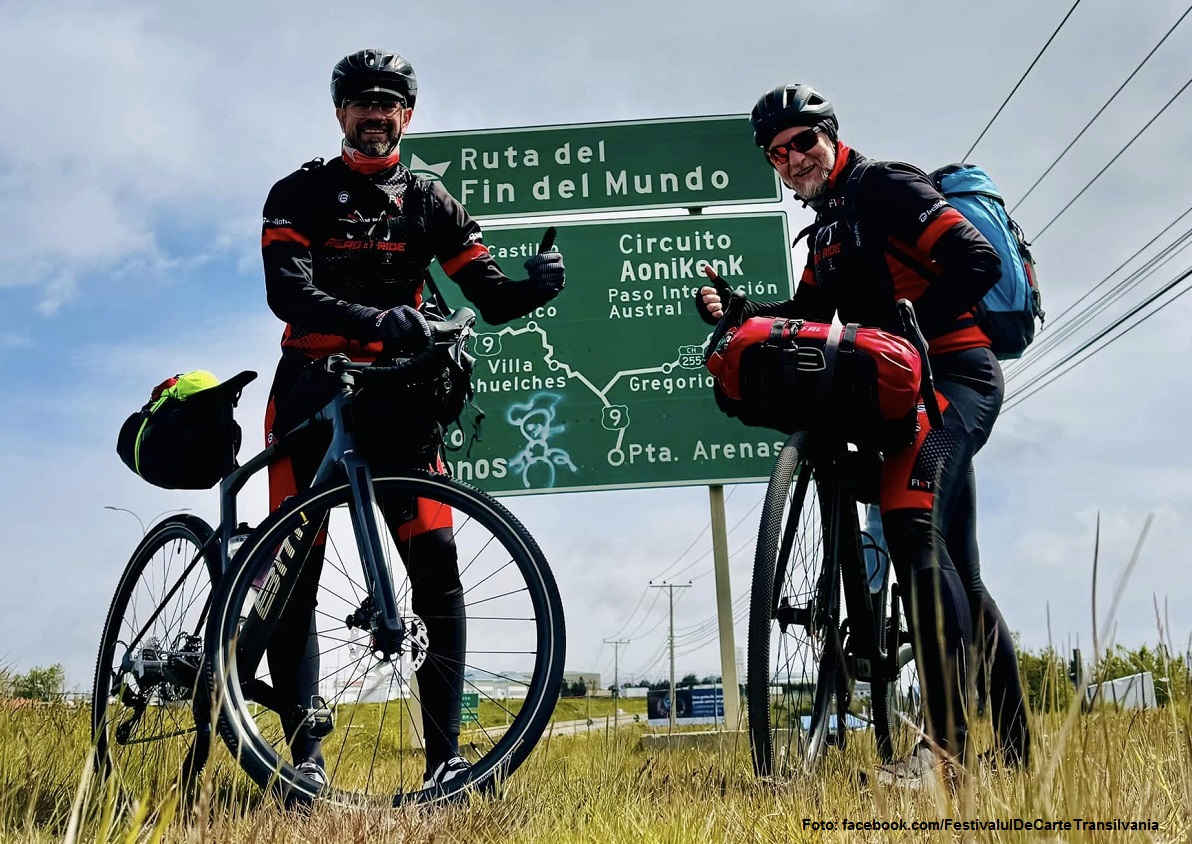The Buzău babic sausage
The Buzău babic can be traced back to Bulgarian and Serbian refugees who settled in Buzău at end of 18th c.

Ana-Maria Cononovici, 02.05.2023, 14:00
The names of some of the sausages
made in Romania also contain their place of origin. Such examples
include the Banat sausages from south-western Romania, the Szekler
sausages from eastern Transylvania and which are made after different
recipes but have one ingredient in common, namely paprika, which
gives them their dark-red colour, something that is also brought
about by the smoking process to which they are subjected so that they
keep longer, as well as the Oltenian sausages, the spicier version of
thin, semi-smoked sausages known as cabanos.
The eastern region of Buzăului is known for two types of sausages
containing this denomination of origin: the Pleşcoi sausages and
the Buzău babic. The Pleşcoi sausages were added to the list of
products with protected geographical indication in the European Union
in 2019. They are made in Buzău county at several locations,
including that which gives the product its name. There are two types
of Pleşcoi sausages, dried and smoked, and in both versions the main
ingredient is mutton, two thirds, as well as beef, one third. The
traditional recipe allows for mutton to be replaced with goat meat,
but no more than 10%. The condiments used are chilli peppers, thyme,
paprika and chilli powder, garlic and salt. They are traditionally
cooked on the grill or in the pan and served as a cold starter or
together with other grilled products, with or without a side dish and
with pickled green tomatoes or cucumbers.
The
Bulgarian and Serbian refugees who settled in the Buzău
area at the end of the 18th
century as a result of the Russian-Turkish wars adopted the local
recipe for Pleşcoi sausages but made some changes, using pork
instead of mutton, probably to spite the Ottomans. They also added
dried and finely cut chilli pepper and this led to the creation of
what is today known as the Buzău babic or the Buzău Serbian babic.
George
Buzoi tells us more about how the babic was born:
Out
of need. Everyone kept a pig or two in their farms, and they also had
cows. The babic is very good for people to take with them when
working the land in the summer, because it keeps well. It’s a dried
raw product. It’s full of fat, but its taste is not spoiled. You
can imagine how much protein there is in a product that is not
treated to heat. Farmers didn’t have a lot of money, and the babic
was all they needed as protein.
George
Buzoi also enlarged on the content of the babic:
Meat,
namely pork and not necessarily beef and the pepper paste, which is
the biggest secret of all. The pepper paste is extremely expensive to
buy. A lot of pepper must be set aside from the summer harvest to
make this paste. We make it at home. It adds both colour and taste.
The recipe also contains some chilli and salt. The drying and smoking
process is also very important.
The
recipe for babic is passed down from generation to generation, as in
the case of Marcel and Valentin Popa, father and son, who are babic
makers from the area.
We
have to respect the quantities of meat and spices to make the product
and we only use naturally grown pepper and thyme, no other
condiments.
Costel
Matei also makes babic sausages and described for us the process:
Beef
40%, pork 60%, paprika and pepper paste. The pepper is dried and then
ground, and boiled twice, so that from a sack of peppers you end up
with two jars of pepper paste of 200 grams. It’s an essential
product, it keeps well and it’s very tasty. The recipe also
contains salt and that’s about it. The secret is in how you knead
the mix, only using the fists. We knead it twice a day for three or
four days until the mixture starts giving off a pleasant smell of
stale meat. The casings are then filled with this mix, the sausage
is pierced, especially at the ends, and it is then hung up to dry
until the skin sticks to the meat, for 5-6 days, depending on the
level of humidity, and then it’s smoked.
In
the Buzău region people even make babic soup, with lots of
vegetables and very thinly sliced pieces of this sausage. Until this
product is, however, included in the register of products with
protected geographical indication, local producers must work together
to make sure that even industrial producers make the babic after the
same recipe.






























